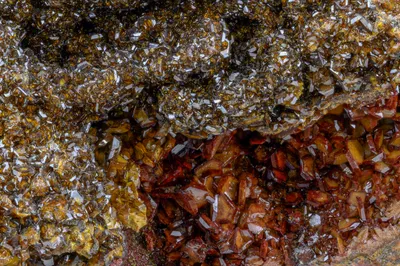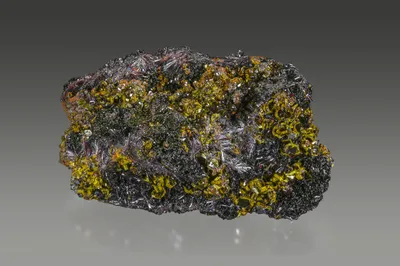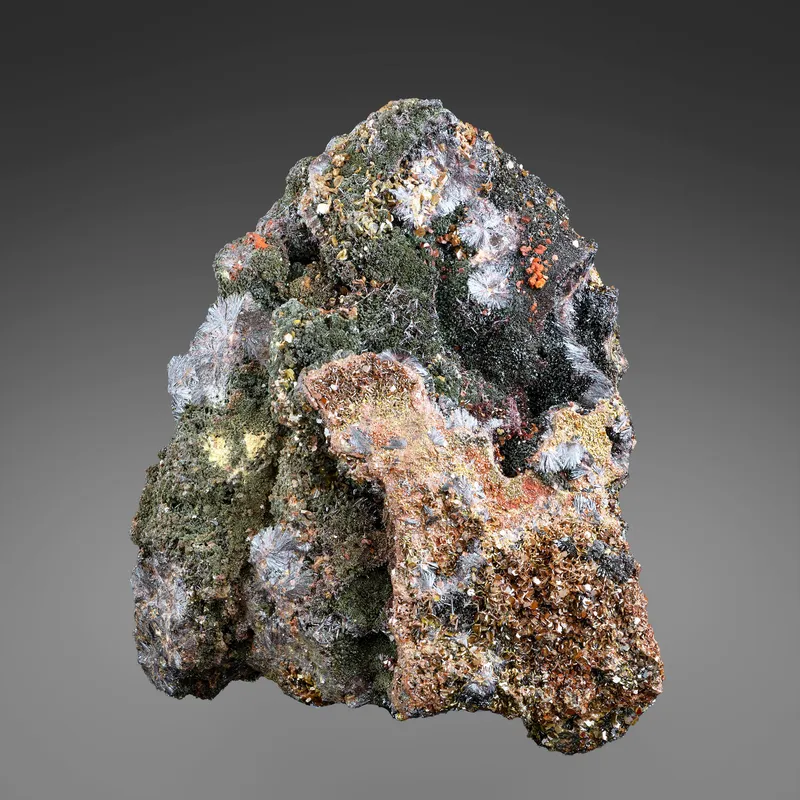
Image Credit: Malcolm Southwood
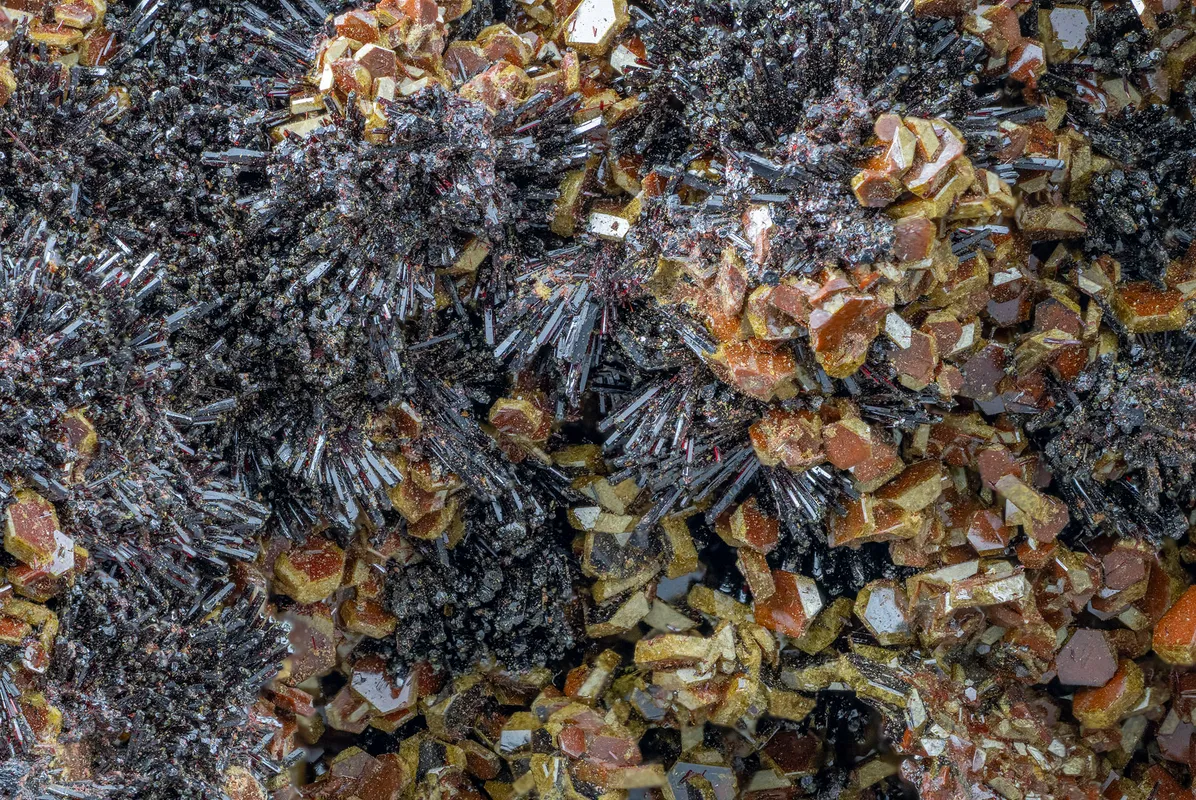
Image Credit: Malcolm Southwood

Image Credit: Malcolm Southwood
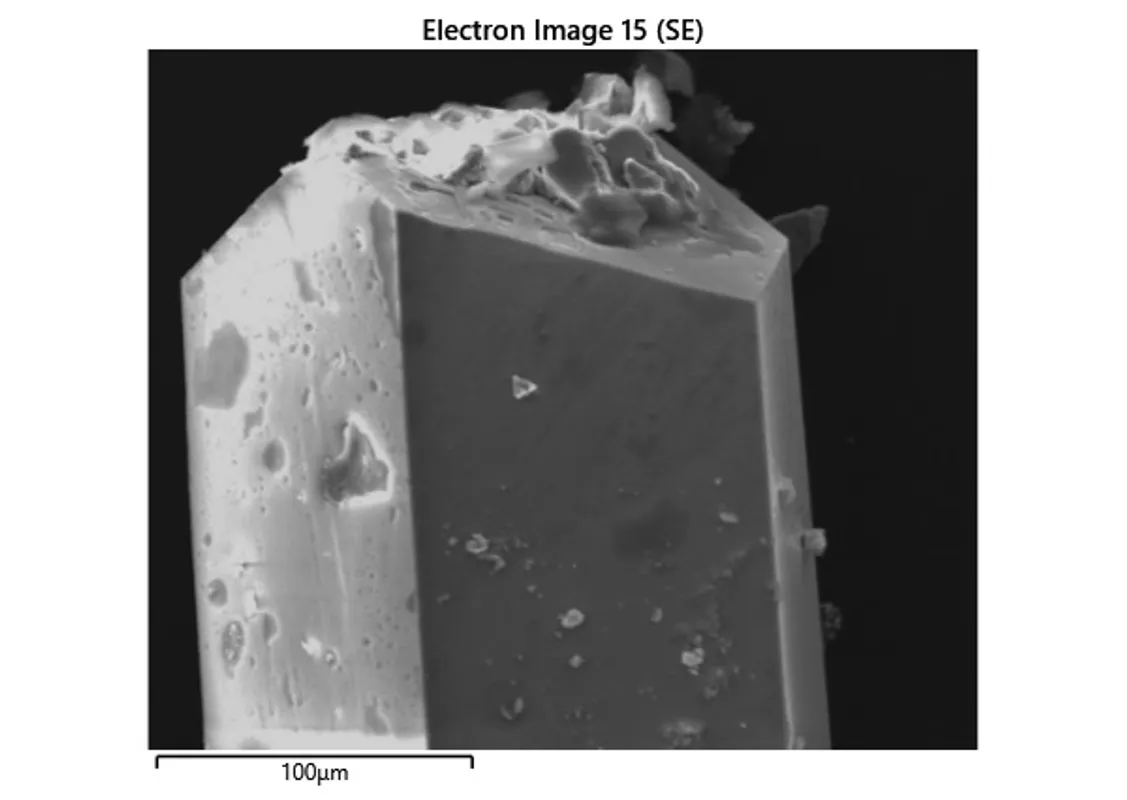
Image Credit: Frank Keutsch

Image Credit: Malcolm Southwood

Image Credit: Malcolm Southwood

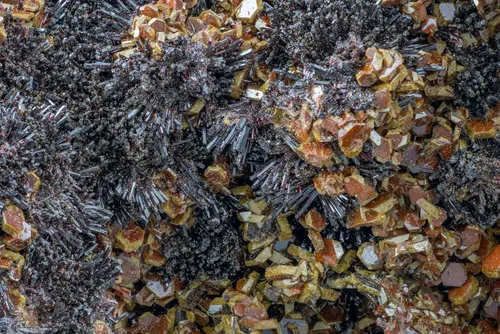

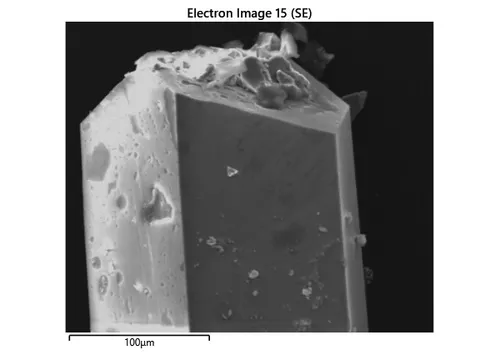

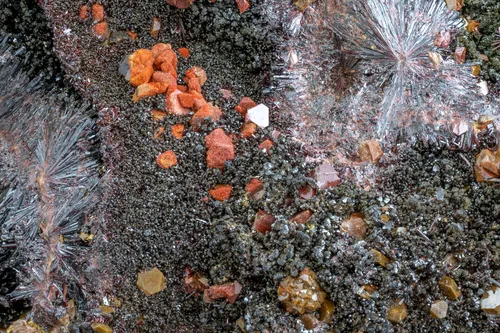
Specimen Title
Carminite (w. beudantite and gartrellite)
Associated Minerals
beudantite; gartrellite
Principal Mineral
Size
Cabinet; 135mm
Location in the Mine
Second oxidation zone (?)
Collection
MGMH; 110877
Entry Number
Specimen; TSNB733
Associated Minerals
beudantite; gartrellite
Description
Needle-like crystals of carminite, as radial sprays (to circa 10 mm) and crusts of sub-parallel crystals, make up the bulk of this specimen; beudantite and gartrellite are important accessory minerals. Note that at least two generations of carminite and beudantite are present.
In crystallisation sequence:
- Beudantite (i): yellow-brown crystals and aggregates at the centre of radial aggregates and carminite crusts.
- Carminite (i): overgrowing early beudantite crystals as slender laths and needles (to 6 mm). Translucent and intensely red in transmitted light but silvery-grey with red internal reflections in incident light due to the very high lustre (Exhibit 2).
- Gartrellite: as minute green microcrystals (< 0.2 mm) on the terminations of carminite needles (exhibits 3 and 4), accounting for the greenish colour of the external surfaces of the carminite sprays and of the specimen overall (Exhibit 1).
- Beudantite (ii): tabular pseudo-hexagonal crystals (to 2 mm), yellow, brown or orange and commonly with colour zonation in individual crystals (Exhibit 5). Localised groups of beudantite (ii) crystals are bright orange-red (Exhibit 6). The possibility that this distinctive colour is indicative of alteration to carminite was considered but EDS refutes this idea (all analyses contain sulphur with As:S approximately 1:1, indicative of beudantite).
- Carminite (ii): tiny aggregates of loosely intergrown needles (< 1 mm) free-standing and overgrowing the gartrellite on carminite (1). The crystals are highly translucent and intensely red (Exhibit 3).
All EDS analyses by Frank Keutsch (Harvard University, 2025).
The specimen was acquired by MGMH before 1977, but the source is not recorded and there is no information concerning its location in the mine. Carminite, however, has only been recorded from the second oxidation zone. It is probably from the well-documented occurrence on 30 Level (?) (Strunz and Tennyson 1967; Geier et al. 1971), but there is no evidence to confirm this.
